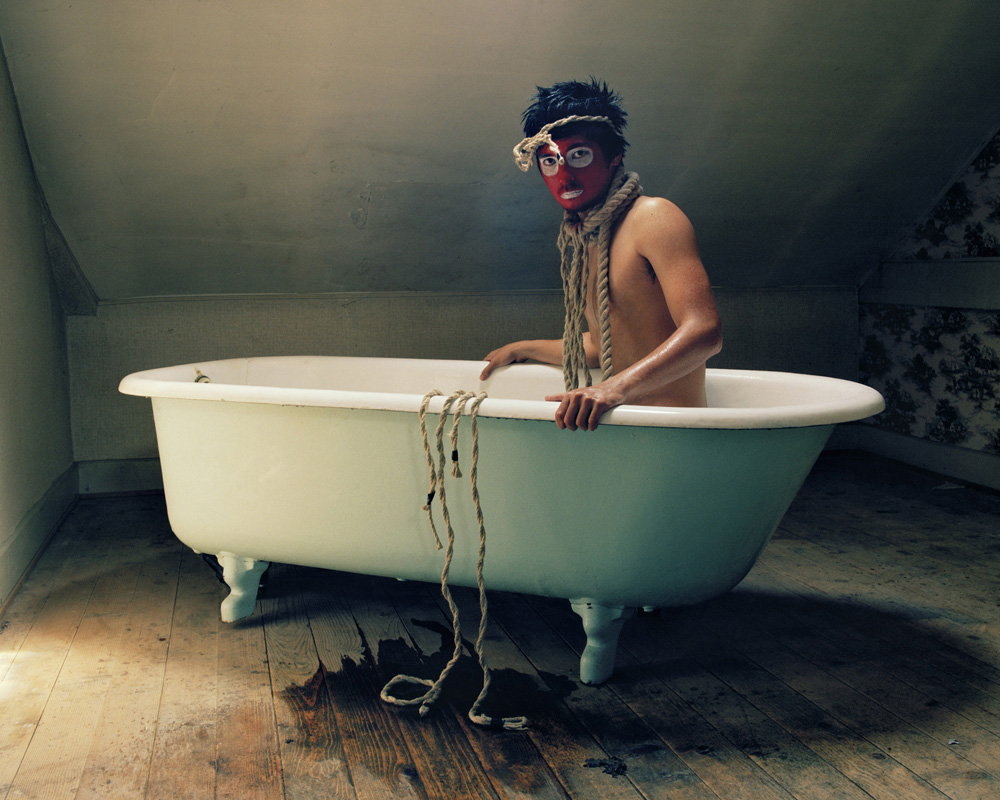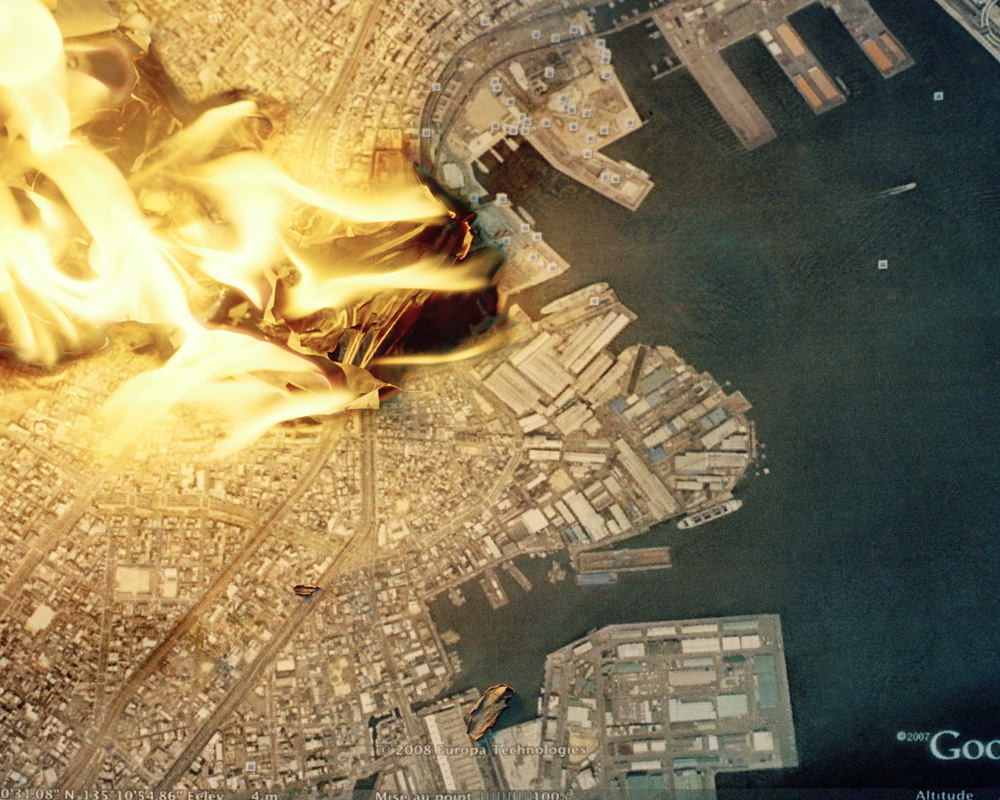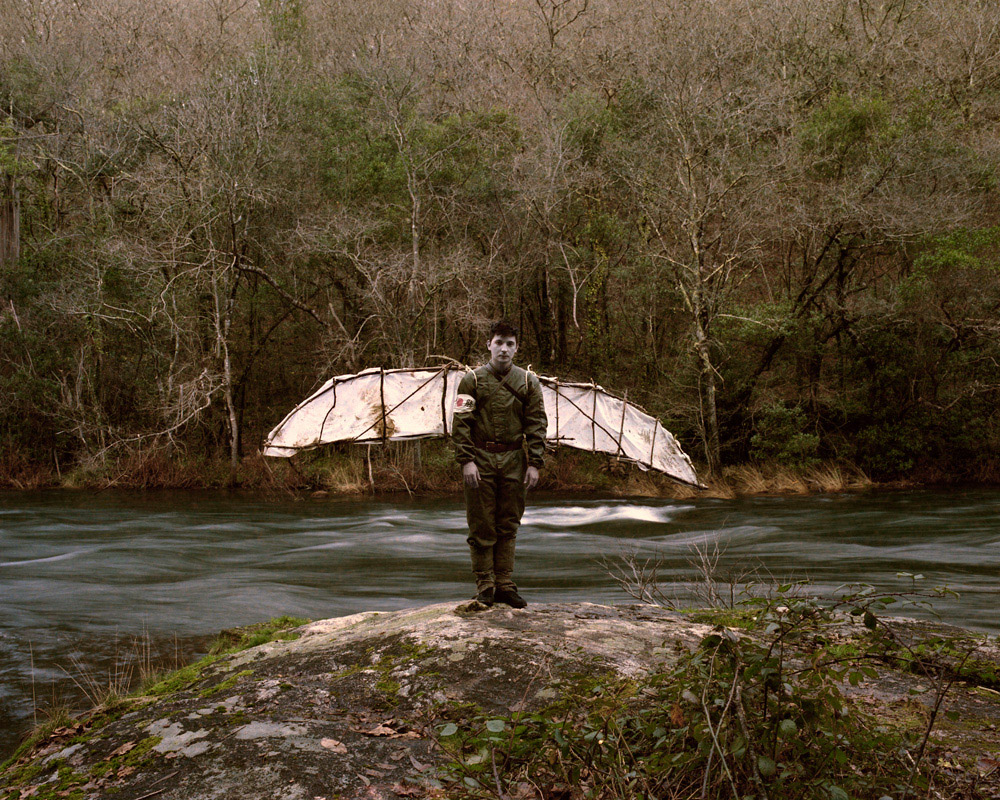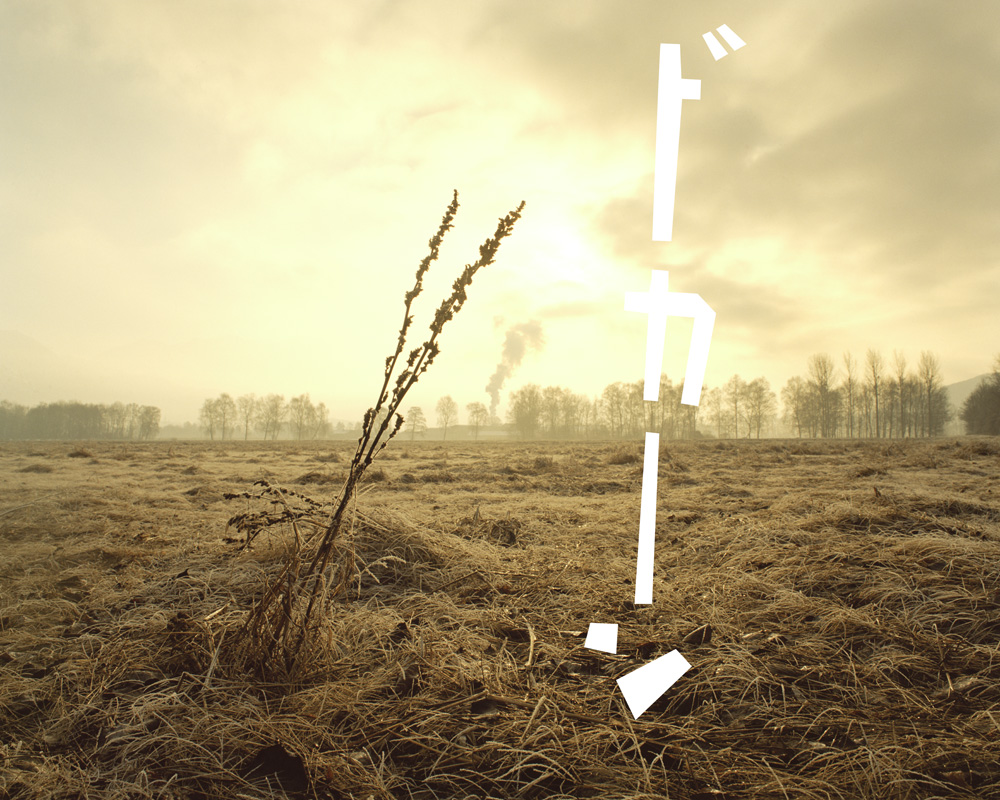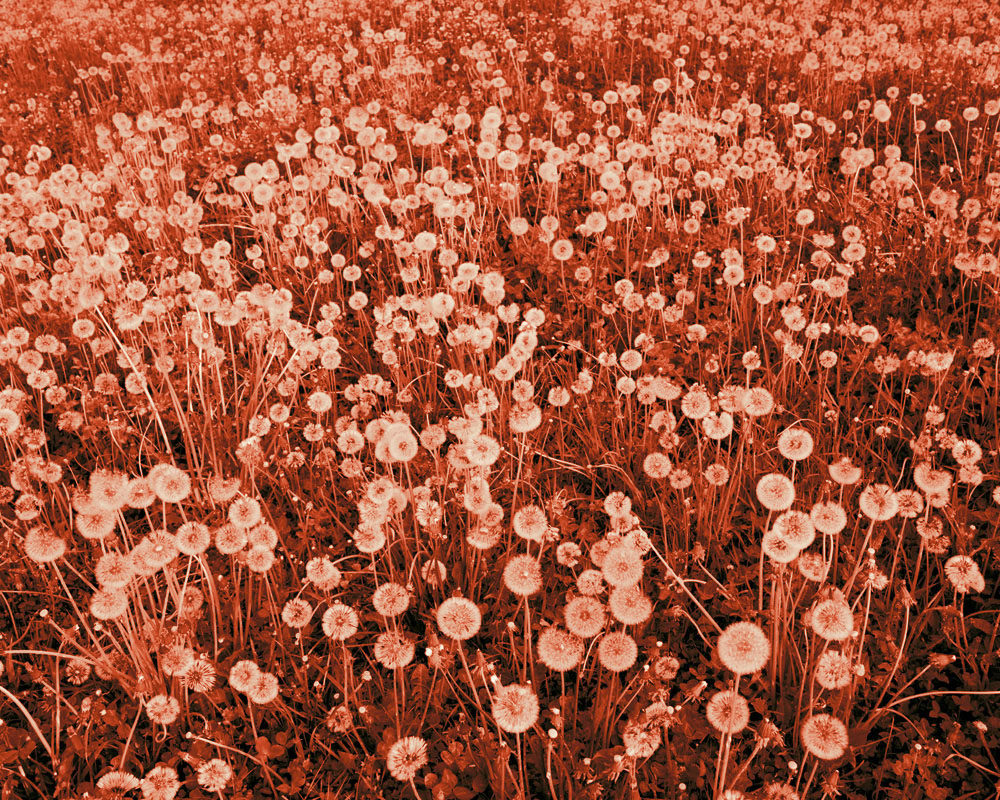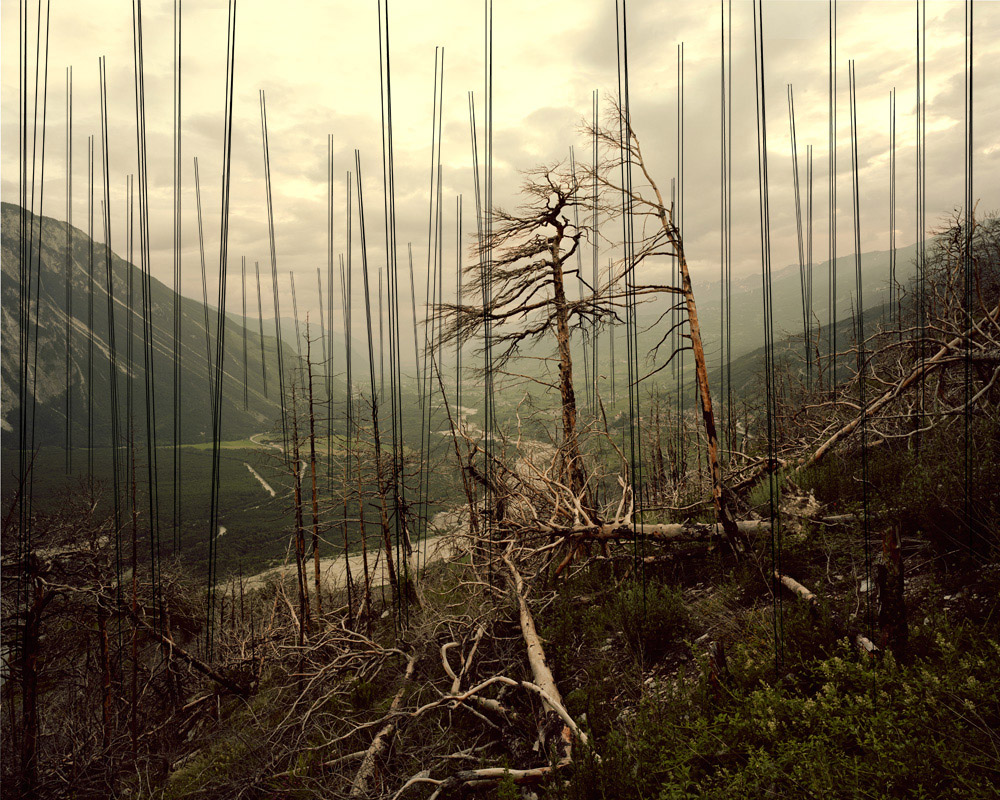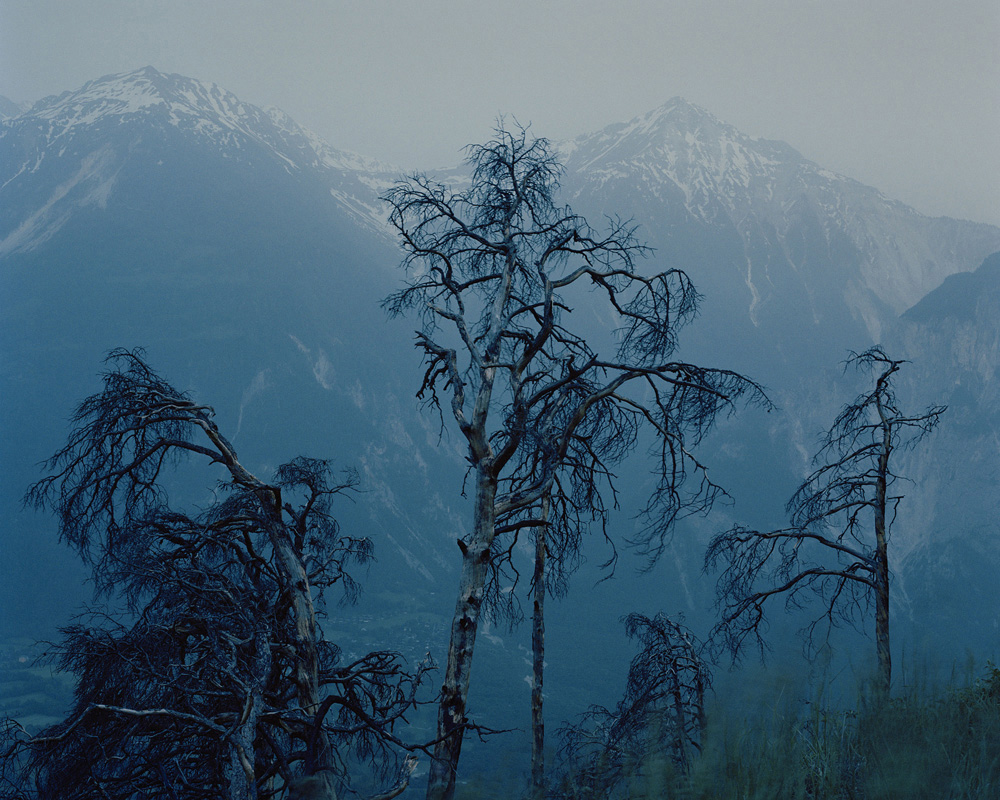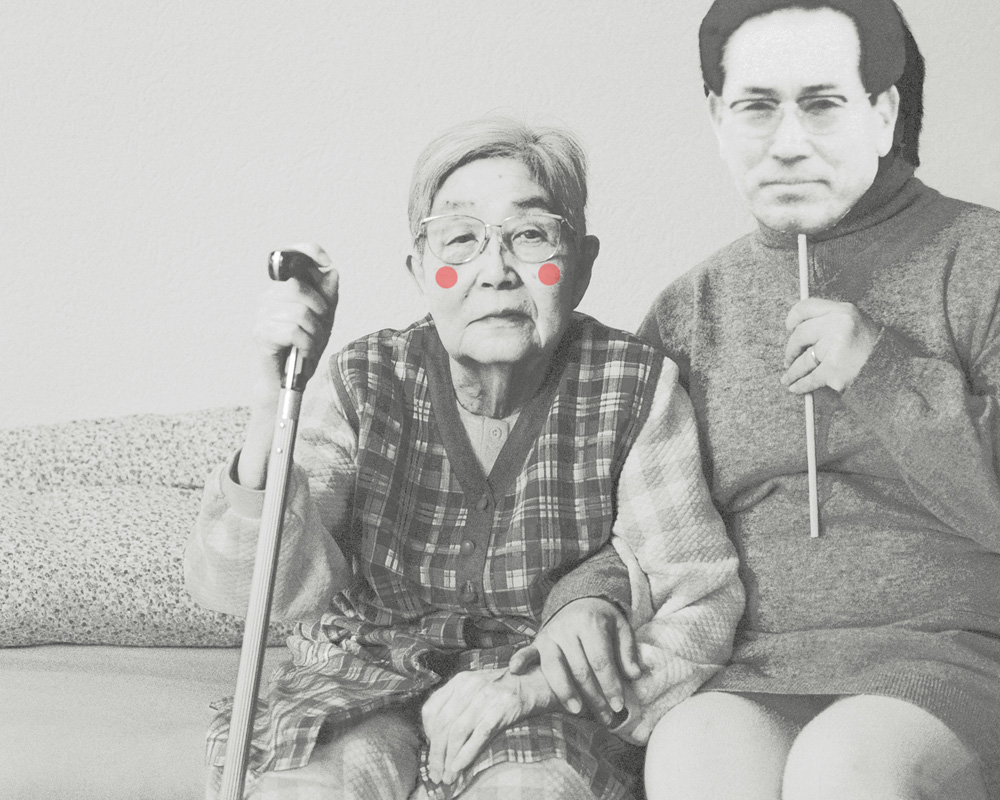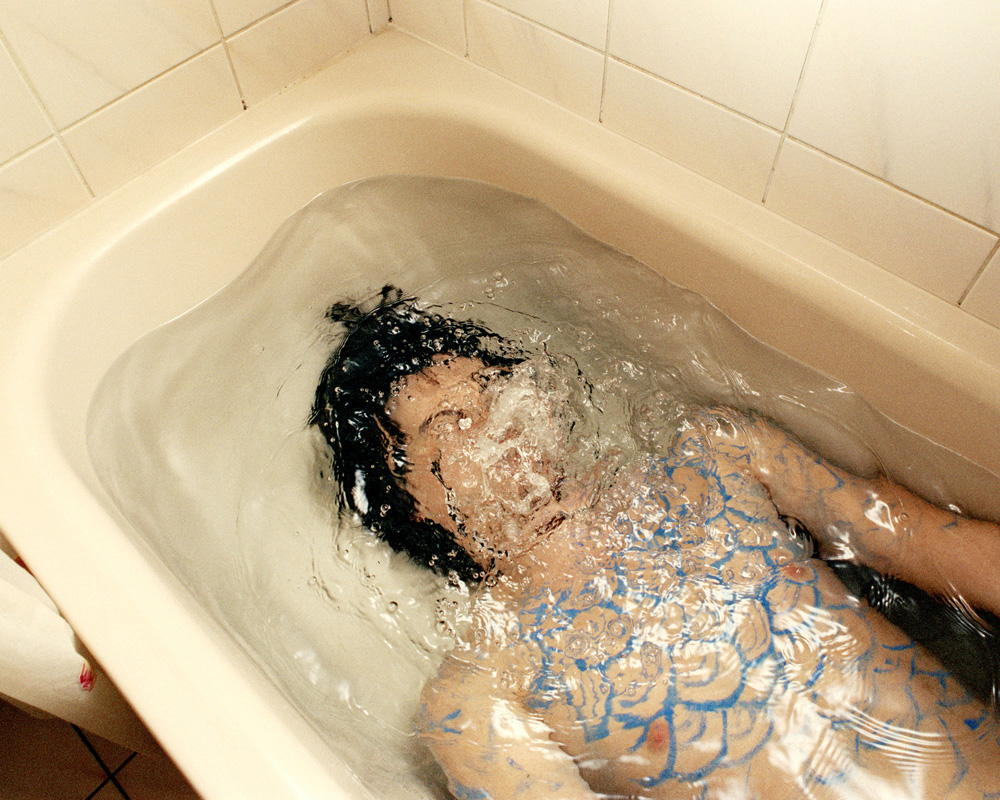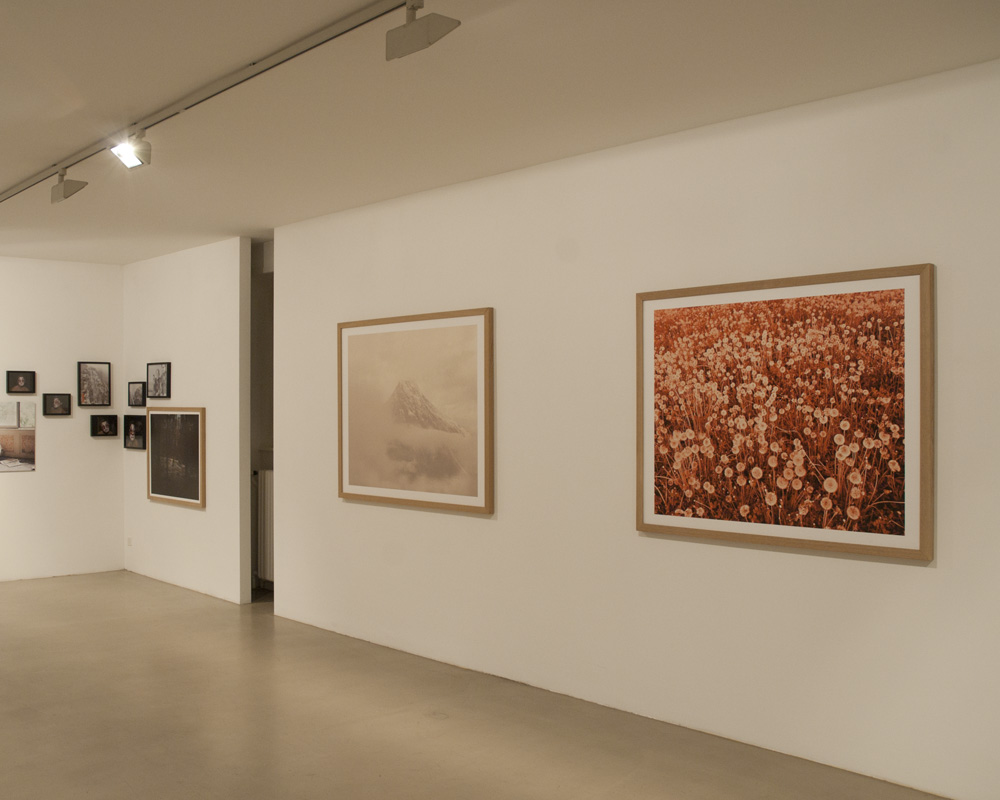from the project GAIJIN, Autoportrait en poulpe; 48x60cm
from the project GAIJIN, Sadako; 80x100cm
from the project GAIJIN, Kobé; 40x50cm
from the project GAIJIN, Raid B29 sur Kobé le 18 juin 1945; 80x100cm
from the project GAIJIN, Le Dôme; 116x145cm
from the project GAIJIN, Vent divin; 116x145cm
from the project GAIJIN, Baoummm; 150x187.5cm
from the project GAIJIN, Mishiko; 150x187.5cm
from the project GAIJIN, Son magnifique champ de fleurs; 116x145cm
from the project GAIJIN, Fanny, mon père, ma mère et moi; 40x50cm
from the project GAIJIN, Bombardement; 150x187.5cm
from the project GAIJIN, Installation view, Sans titre; 250x200cm + 40x50cm
from the project GAIJIN, Sans titre; 116x145cm
from the project GAIJIN, Le départ; 30x40cm
from the project GAIJIN, Autoportrait; 64x80cm
from the project GAIJIN, Le tombeau des lucioles; 80x100cm
from the project GAIJIN, Pour Sadako; 64x80cm
from the project GAIJIN, Catogne vs Himeji; 116x145cm
from the project GAIJIN, Installation view
from the project GAIJIN, installation view
GAIJIN is a japanese word meaning «the foreigner»
«For a Swiss, I am a Japanese and for a Japanese I am a Swiss or rather a gaijin.»
My name is David «Takashi» Favrod. I was born on the 2nd of July 1982 in Kobe, Japan, of a Japanese mother and a Swiss father. When I was 6 months old, my parents decided to come and live in Switzerland, more precisely in Vionnaz, a little village in lower Valais. As my father had to travel for his work a lot, I was mainly brought up by my mother who taught me her principles and her culture.
When I was 18, I asked for double nationality at the Japanese embassy, but they refused, because it is only given to Japanese women who wish to obtain their husband’s nationality.
It is from this feeling of rejection and also from a desire to prove that I am as Japanese as I am Swiss that this work was created. “Gaijin” is a fictional narrative, a tool for my quest for identity, where self-portraits imply an intimate and solitary relationship that I have with myself. The mirror image is frozen in a figurative alter ego that serves as an anchor point.
The aim of this work is to create “my own Japan”, in Switzerland, from memories of my journeys when I was small, my mother’s stories, popular and traditional culture and my grandparents war narratives.
Sadako
The image of the window with the paper birds is about the woman Sadako who at her home close to Ground Zero when the atom bomb was dropped in Hiroshima in 1945. Years later, she developed leukemia and was hospitalized in 1955 and given a year to live. She died in 1955 aged 12. During a hospital visit Sadako’s best friend folds an origami crane as an old Japanese story says that who folds 1,000 origami cranes will be granted a wish by a crane. As Sadako didn’t manage to fold all 1,000 cranes, her friends folded the remaining ones and buried them with her. With this image I want to speak about the war, the memory and the atomic bomb.
Kobé
1945, my grandparents were 17 years old and lived at Kobé.
The Bombing of Kobe in World War II on March 16 and 17, 1945 was part of the strategic bombing campaign waged by the United States of America against military and civilian targets and population centers during the Japan home islands campaign in the closing stages of World War II.
Mishiko
Mishiko was the sister of my grandfather. She fell ill during the second war, doctors diagnosed him a poor hydration. In Japan, watermelon is a fruit very popular and holds much water. So his parents gave him regularly. But the diagnosis was wrong and it was a salt deficiency and she died shortly after.
Baoummm
The sound is a very important part of the war memories of my grandparents (the explosions, the holings, the sound of the B-29,...)
Baoummm is the onomatopoeia of an explosion. The onomatopoeias are painted on the print.

